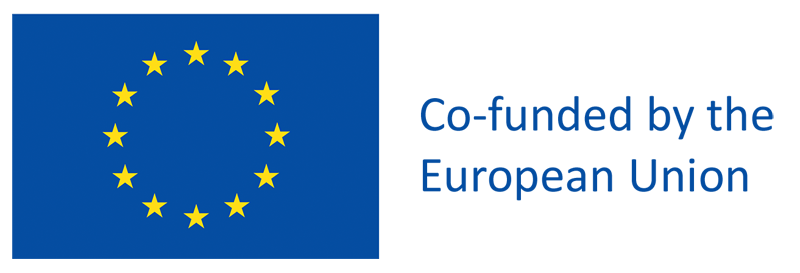OVERVIEW
Breast cancer: Limitations of current diagnostic technologies.

Breast Cancer Diagnosis Background
Breast cancer is the most common cancer in women worldwide, affecting 1 in 8 women. The World Health Organisation estimates that in 2020, worldwide cases of breast cancer accounted for 24% of all cancers in women, with 2.26 million women diagnosed with cancer and 685,000 deaths globally.
Currently employed mammography is the gold standard technology for breast screening and has proven effective in reducing breast cancer mortality.
Nevertheless mammography has limitations and drawbacks:
It cannot be used too often, as it exposes the patient to radiations
It can give false positive results, making patients worry unnecessarily
Does not work well for women with dense breast tissue
It might not detect some types of hidden cancers
Might cause discomfort or pain in some women, due to breast compression
The genesis of a revolution in breast cancer screening
The Cluster’s work will be harmonized with the involvement of different joint activities, starting from the draw up of a common work plan for scientific collaborations and a common dissemination and communication strategy.
Besides adherence to Cluster well defined deliverables to be reported to the EC, the projects will organize periodical Cluster Meetings, both virtually and in person, to reinforce the commitment to the objectives of the Cluster and to monitor the state of the art.

Mission
MammoScreen aims to generate evidence on the use of MammoWave in mass breast screening, revolutionising the diagnostic pathway. The aim is to conduct a comprehensive clinical trial in the context of regional or national health programmes, demonstrating the effectiveness of MammoWave.
The main objective is to create scientific evidence on the reliability of the technology in mammography screening.
In addition, MammoScreen is committed to revolutionising the perception and journey of mammography screening, making a significant impact in women’s lives through an innovative and inclusive approach. The mission includes creating an engaged community, promoting knowledge sharing and accessibility of MammoWave technology.
A non-invasive, safe and painfree technology.
MammoWave is a technology that uses safe, non-invasive and non-ionizing microwave signals, it does not apply any compression to the breast and is very effective with dense breasts.
It also allows an extension of the age-range for breast screening, including women aged 20-49, which are usually excluded from screening programs with mammograms due to the risks they bring along.
98 million women in Europe fall within this age range and this group accounts for ~30% of breast cancers in 2020.
In addition to the clinical validation, MammoScreen will undertake a comprehensive health economic assessment to determine the positive economic impact this new technology might have on national health systems.
The project foresees as well as an innovative way to engage patients organisations and policy makers in the process for a rapid uptake of the new technology.
The ultimate goal of MammoScreen is to allow MammoWave to be used as screening technology on a large scale.
MammoWave is safe and non-invasive
MammoWave does not apply any painful compression to the breast
MammoWave is very effective with dense breasts
MammoWave could be used to screen younger women, aged 20-49
The introduction of MammoWave can have a positive economic impact on health systems

MammoScreen Future goals
MammoScreen’s future goals include the integration of technological innovation into other medical fields, the renewal of current screening methods and expansion as a community and interaction.
In addition, MammoScreen aims to be a forerunner in the integration of technological innovation into international screening programmes, paving the way for potential applications in other medical fields.



